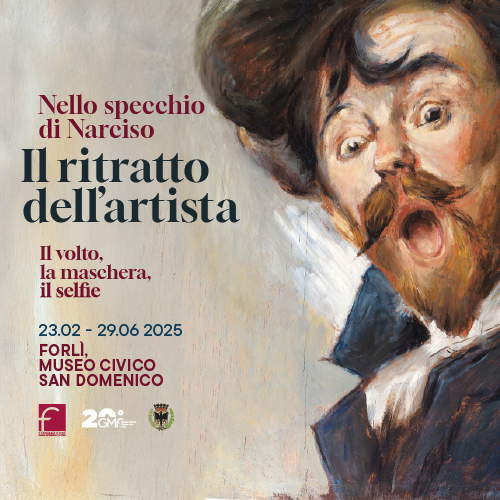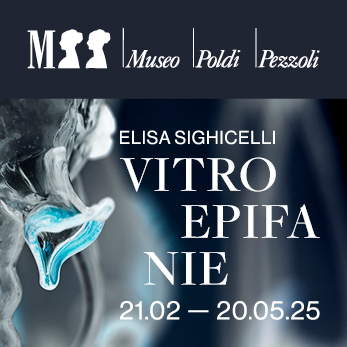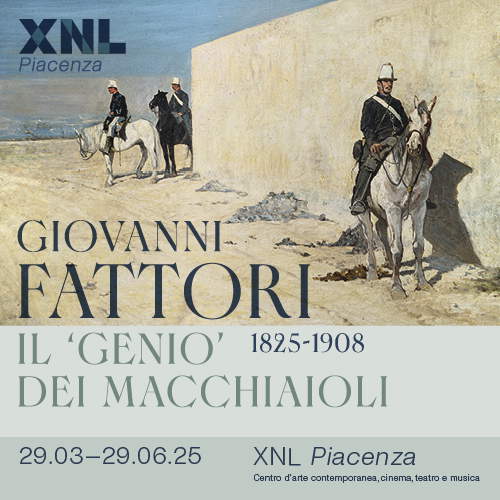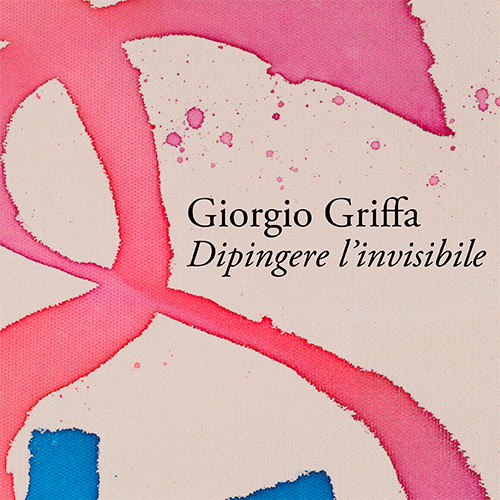Marzia Migliora: art as work and identity on display in Palermo
Beginning March 21, 2025 and running until May 25 of the same year, the Regional Gallery of Palazzo Abatellis in Palermo will host the Minuto Mantenimento exhibition, conceived by artist Marzia Migliora (Alessandria, 1972) and curated by Elisa Fulco and Antonio Leone. The exhibition, which represents an encounter between contemporary art and social reintegration actions, is the result of a cycle of workshops held in 2024 by the artist intended for people in charge of UEPE, Palermo’s Interdistrict Office for External Criminal Execution (UEPE). The project is part of the larger program Spazio Acrobazie, an initiative that aims at social redevelopment through artistic mediation. Minute Maintenance is developed as an innovative training model that combines art and reintegration, promoting active participation and social inclusion. It is a project supported by Fondazione Sicilia and Fondazione CON IL SUD, and has involved numerous local partners including the Teatro Massimo of Palermo and the Antonio Pasqualino International Puppet Museum.
The exhibition is presented as an experiential journey that focuses on work, understood as a tool for recovery and identity affirmation. The works on display are the direct result of a dialogue between the artist and workshop participants. A dialogue that led to the creation of thirty previously unpublished drawings collected in Notebook 58, Minute Maintenance, which represent the core of the exhibition. In addition to the drawings, the exhibition includes five coveralls (Coverall #1, Home Everywhere; Coverall #2, Voice of Landscape; Coverall #3, Care for Earthlings; Coverall #4, Theater of the Unspoken; Coverall #5, Writing Not to Disappear), designed in collaboration with the Teatro Massimo’s tailoring department and the company Ferrino S.p.A, which are endowed with a strong symbolic value. Each suit, in fact, is a real sculpture, a piece that tells the story of the people who took part in the project. The suits, moreover, link directly to the medieval fresco of the Triumph of Death, preserved at Palazzo Abatellis, creating a connection between the theme of death, identity and work. The five suits are accompanied by the same number of large-scale black-and-white monotypes, which reproduce the impressions left by the inked suits on the support, thus creating a conceptual map that allows to reconstruct the creative process that guided the artist. A process that becomes a vehicle for a message of care, inclusion and resilience. Indeed, the suits speak of the themes of care and welcome, of rediscovering one’s identity, and are able to tell stories of experiences lived by people who, too often, have been left unheard by society.
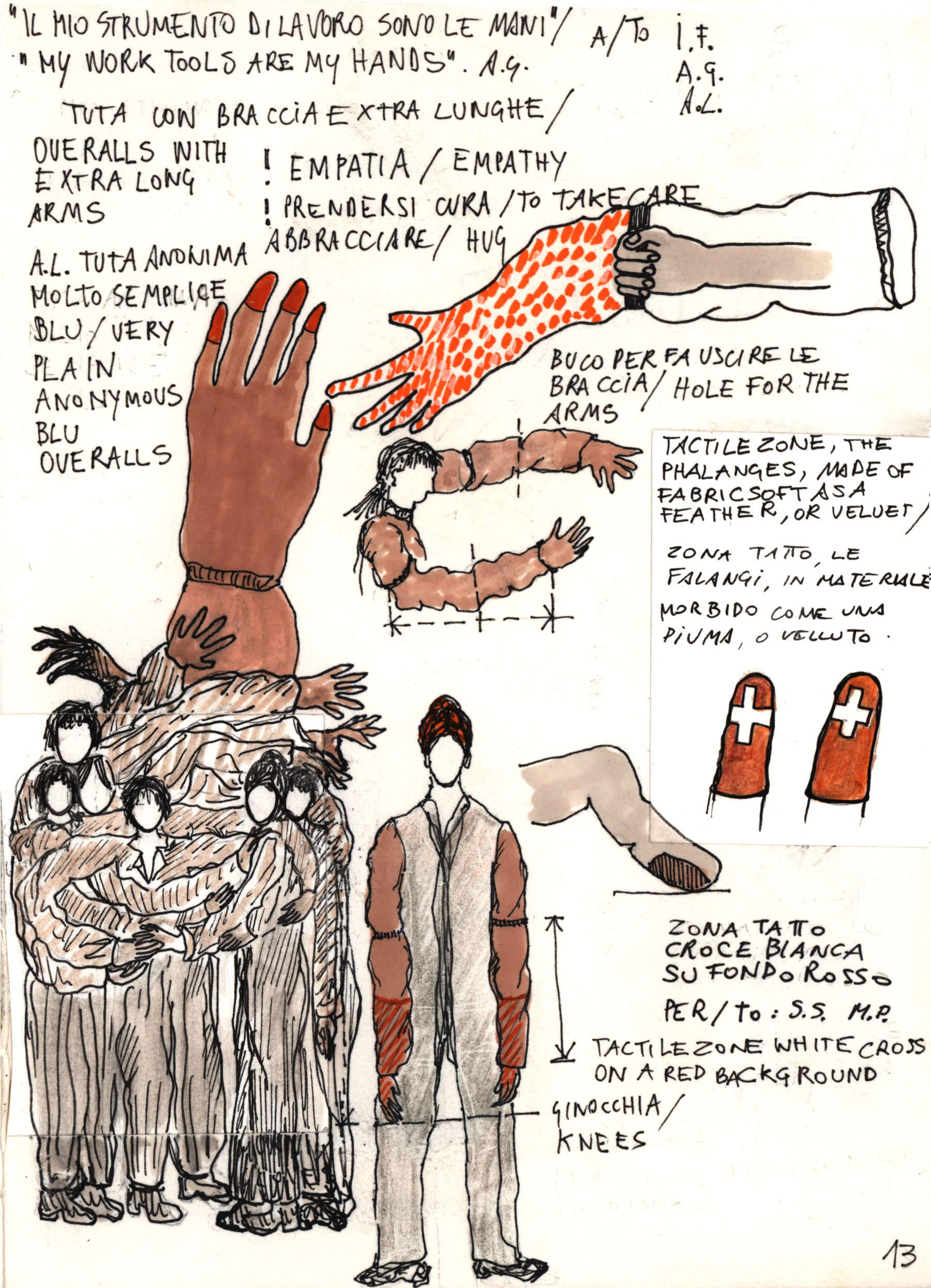
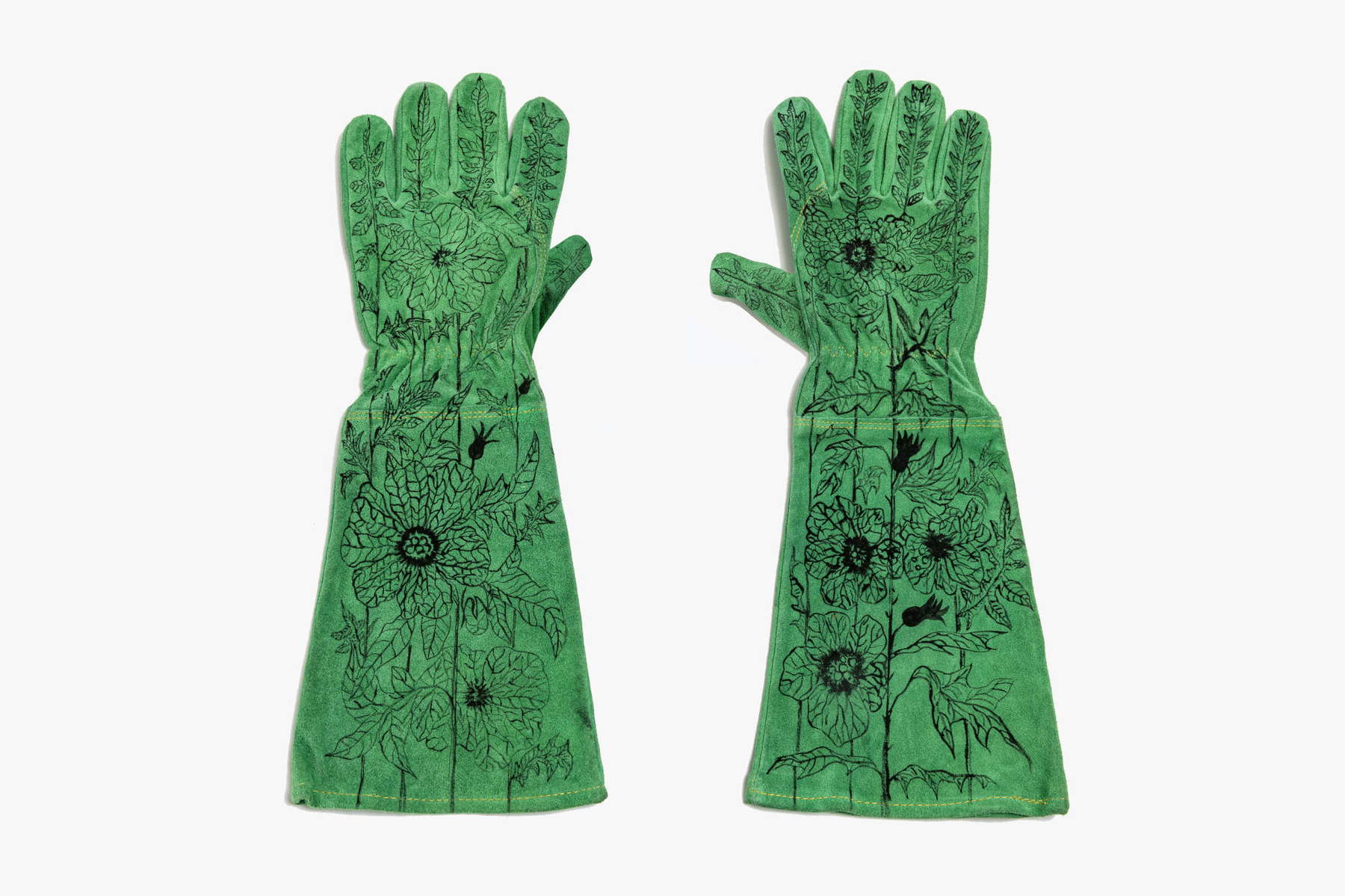
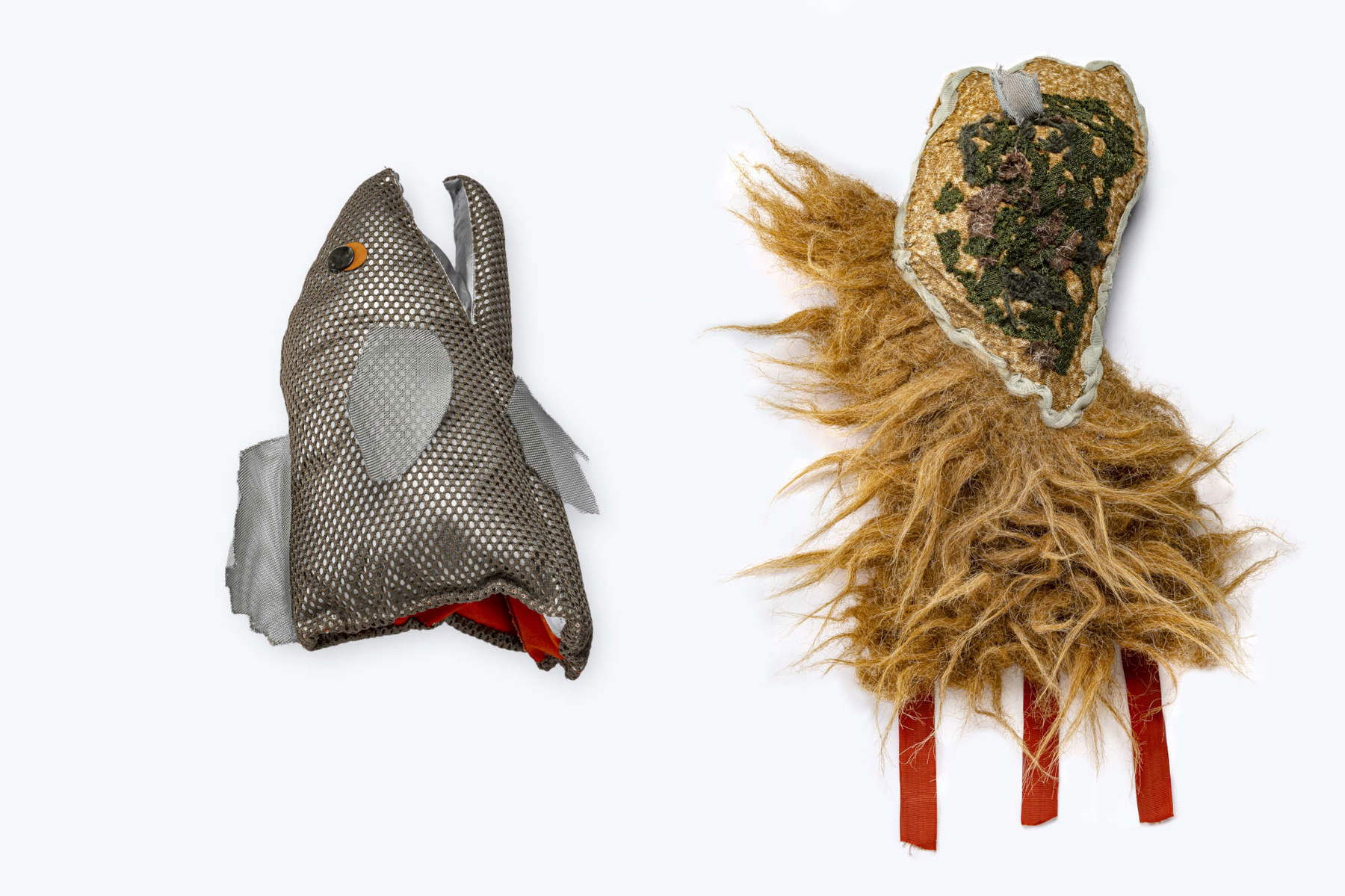
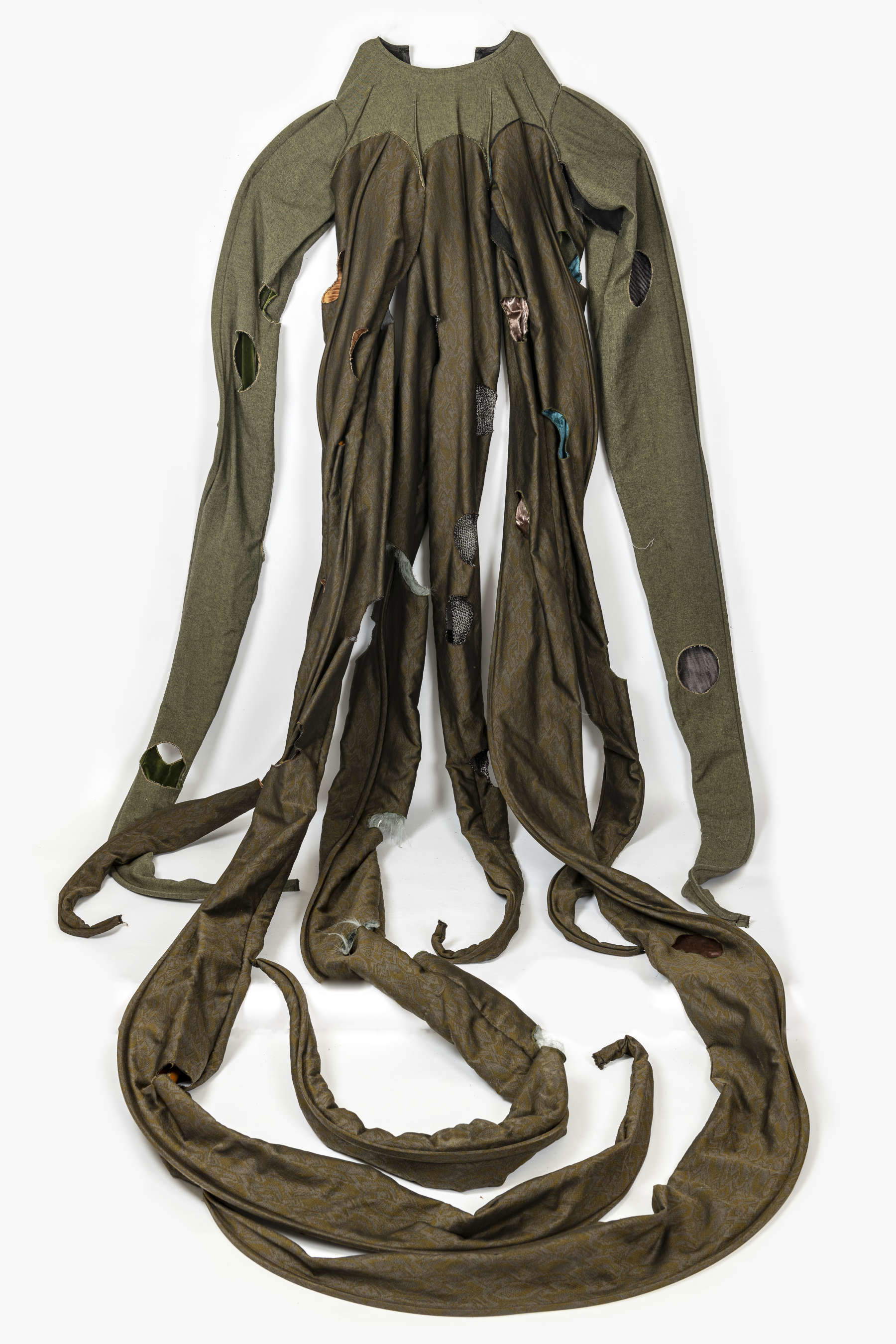
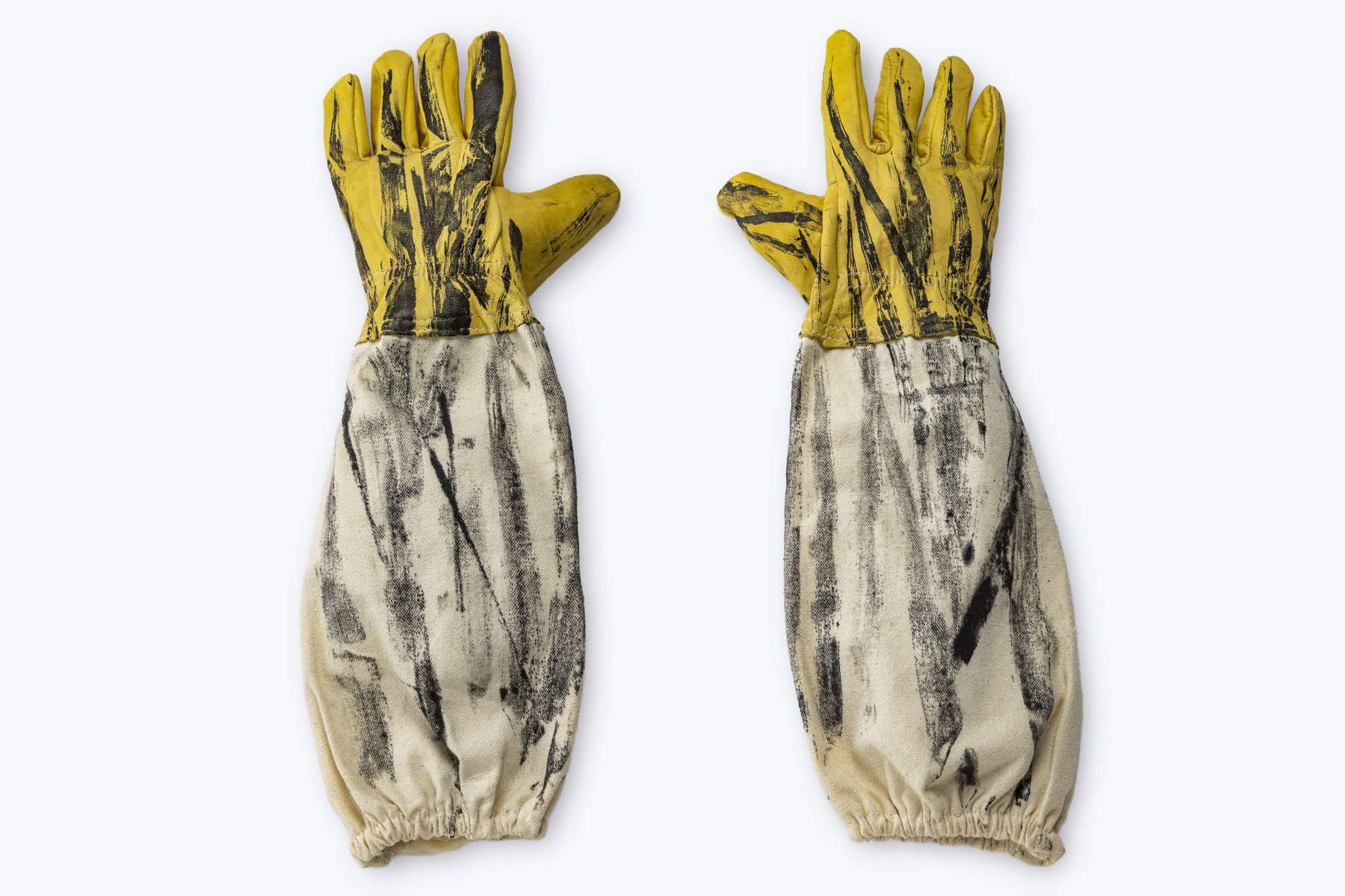
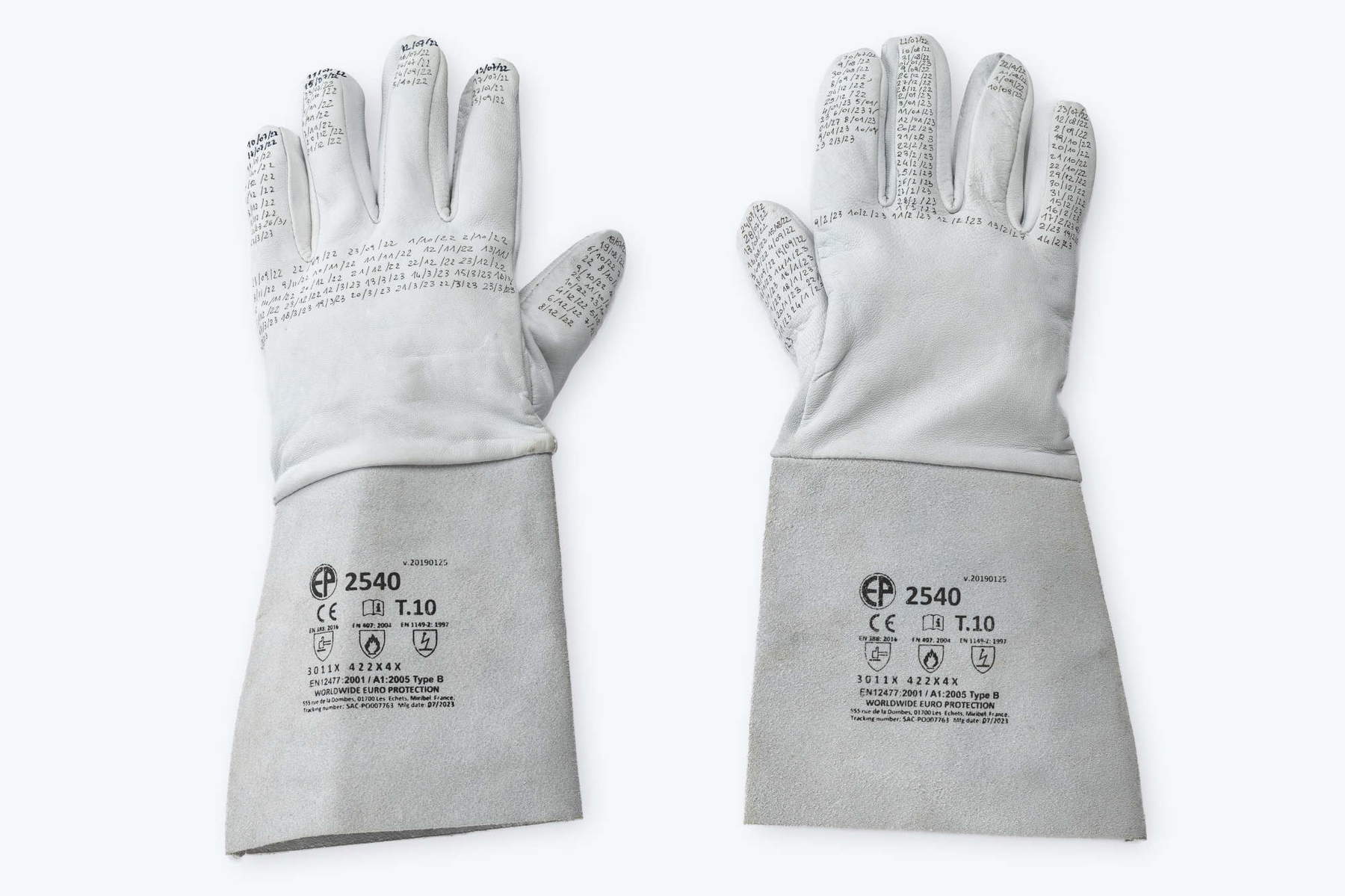
Migliora’s installation focuses on labor as a vehicle for social recovery and a return to life, a theme that resonates strongly in the contemporary context, where social inequality, labor disparities and environmental injustice are increasingly urgent challenges. In particular, the choice of the title Minute Maintenance connects to a reflection on work as an act of survival, as care, but also as a denunciation of the loneliness and fatigue that accompanies those marginalized by the system. The term “Minute Maintenance,” in fact, was taken from a workshop participant, who used it to describe the daily activity of maintenance and control. It is a term that somehow sums up the idea of the craft of living, in which work and daily toil become the only means of dealing with life’s challenges. The exhibition not only recounts Migliora’s artistic elaboration, but also the intense process of listening and exchange with the participants, who actively contributed to the creation of some of the works. In addition, the project produced a manifesto, “I don’t want to survive, I want to live,” which collects the reflections and demands expressed during the workshops. A powerful message that goes beyond simply claiming rights, and invites reflection on what it really means to live in a fair and just society.
In addition to Palazzo Abatellis, the project involved UEPE (Palermo’s Interdistrict Office for External Criminal Execution), Teatro Massimo and its tailoring, and the Antonio Pasqualino International Museum of Puppets, a partner in the Spazio Acrobazie network. They were joined by a number of Palermo-based artisans, such as Palermo Social Tailoring, puppeteers Salvatore Bumbello and Pietro Sasso, elena and fabrizio Handmade ’s leather workshop and Artsiom Parchynski, who contributed to the self-supporting structures of the suits. The book Minuto Mantenimento, conceived as a manual, collects contributions from the project partners, including Maddalena De Luca (director of Palazzo Abatellis), Maria Concetta Di Natale (president of Fondazione Sicilia), Anna Internicola (director of UEPE Sicilia), Marco Betta (superintendent of Teatro Massimo), Rosario Perricone (director of the Antonio Pasqualino International Museum of Puppets) and Anna Ferrino (CEO of Ferrino S.p.A.). The critical texts are edited by Elisa Fulco, Antonio Leone and Aldo Schiavello, while the graphic design bears the signature of Alessandra Maiarelli.
Minute Maintenance aims to bring out art as a tool for social change: through work, creation and dialogue, the artist offered each participant the chance to recognize himself, his identity, and his role within a community. The artistic process thus aims to become an act of healing and redemption, a chance to rewrite life stories that seemed buried under the weight of pain and loneliness.
Notes on the artist
Marzia Migliora is an artist who has been using art as a tool for years to denounce and reflect on social dynamics. Her works, which range from photography to performance, video to sculpture, address themes such as memory, labor, and participation. His art, which has found a place in numerous international institutions, is characterized by constant research on issues of minorities and social injustice. Migliora has always sought to contribute to the reorganization of a more inclusive imaginary, focusing on minorities and their demands, and addressing social and political inconsistencies through visual devices that actively engage the viewer. In recent years, her works have adopted a multi-species perspective, embracing animal and plant visions that offer new and much-needed glimpses into a context of global climate crisis.
Marzia Migliora’s works have been exhibited at many prestigious venues, including the Radius Center for Contemporary Art and Ecology in Delft, the Dhaka Art Summit, the Museum of Civilizations in Rome, the Museo d’Arte Contemporanea at the Castello di Rivoli, the Prada Foundation in Milan, the Merz Foundation in Turin, the MART in Rovereto, the Museo Nacional Centro de Arte Reina Sofia in Madrid, the Italian Pavilion at the 56th International Art Exhibition of theArt of the Venice Biennale, Museo del Novecento in Milan, Fondazione Sandretto Re Rebaudengo in Turin, MAMbo in Bologna, FACT in Liverpool, Ca’ Rezzonico in Venice, Museo MAXXI in Rome, OGR in Turin, Carré d’Art in Nîmes, Serlachius Museum in Mänttä, and Le MAGASIN Centre National d’Art Contemporain in Grenoble. In 2009, he won two Italian Councils for the production of his new work The Spectre of Malthus, and in 2023 he received another award for his first monograph, edited by Anna Cestelli Guidi and Matteo Lucchetti.
Practical information
Admission is free for residents, while the entrance fee for non-residents is 7 euros.
Hours: Tuesday - Saturday, 9 a.m. - 7 p.m.; Sunday, 9 a.m. - 1:30 p.m.
 |
| Marzia Migliora: art as work and identity on display in Palermo |
Warning: the translation into English of the original Italian article was created using automatic tools. We undertake to review all articles, but we do not guarantee the total absence of inaccuracies in the translation due to the program. You can find the original by clicking on the ITA button. If you find any mistake,please contact us.





